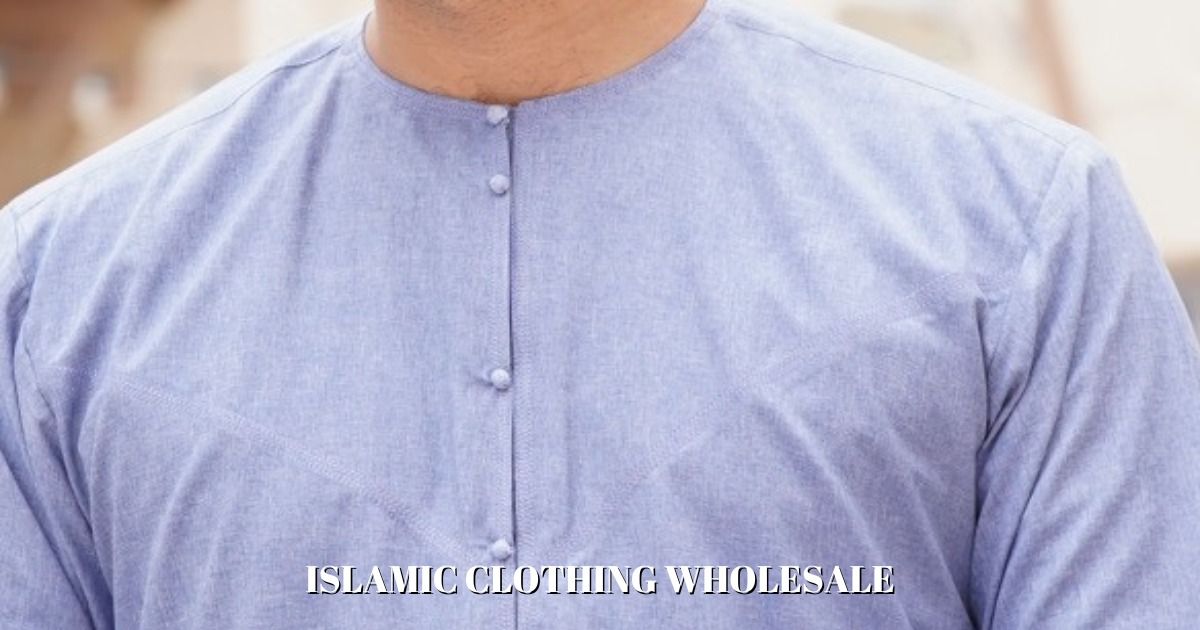What Role Does Art Play in the Evolution of Islamic Fashion?

Islamic fashion
Islamic fashion as we know is much more than the garment worn,it carries a lot of meaning and significance to the users. It is a symbol of people’s individuality, the tradition of their ancestors and their religion. The contemporary interaction between the Islamic fashion and art has opened up a rather active area in which designers and/or artists come together to produce clothing that is not only culturally appropriate but also, beautiful and influential.
Fashion Meets Art: Creative Partnership
Thus, when fashion designers and artists perform the task together they come up with work which can be regarded as something that is very close to the sphere of Islamic clothing but at the same time it is entirely different. Such partnerships call for a convergence of the aesthetic ability of a designer and the inventiveness of an artist to get arresting artistic statements that are as much as stylish apparel.
For instance, the designer might collaborate with a calligraphist to include conventional Arabic writing on the material of an Abaya or Hijab. where the calligraphy evolves to become a mainstream design aspect, it is used to write verses from the Quran or any other nice text that may be inscribed on the clothes to make them look artistic and as an added bonus, the wearer gets to preach their faith through the cloth they are wearing.
A Critical Review of Cultural Antiquities and Their Conveyance in the Contemporary World
Partnerships in Islamic fashion equally help the re-establish link between the outlined Islamic culture and the current modern world fashion. Many designers use presumed architectural illustrations of the Islamic arts like works of geometry, mosaics, and tile work. In so doing, designers can rediscover and reinvent these art elements with the help of contemporary artists with expertise in these art forms, into fashionable garments that are in tandem with contemporary society.
For instance, a designer may combine with a mosaic artist to develop a superb kaftan with geometrical patterns that resemble those of the Alhambra or the Blue Mosque. The garment that One Thousand Cranes produces is fully historical and fashionable, enabling the owners to relate to their ancestors without sacrificing their style.
Beyond the Garment:
At other times, Islamic fashion designers themselves go a notch higher in terms of collaboration by regarding the garment as a canvas. These pieces tend to transcend the category of fashion or costume, being sometimes imbued with the connotations of a piece of jewellery or even haute-couture apparel that can be found in art galleries and museums.
Example of a current theme is the integration of textile art into Islamic fashion. Designers may coordinate with textile artists in developing own fabrics which are painted by hand, embroidery or bead work. These are very detailed works by the designers and brings out the beauty of the cloth in a way that makes the garment become a piece of art that is worth collecting.
Empowerment Through Artistic Expression
Islamic fashion coupled with art is also also another powerful tool for women identity and voice. To this end, people can wear clothes that have artwork designs which are an extension of one’s self and enables the holder & possessor to emblaze with pride a manner in which he/she can value and respect. This is especially true in the case of Islamic fashion where the basic move is to cover up and so discovering how to dress differently show one’s personality in a space defined by these rules can be liberating.
Also, most of such partnerships help in bringing to the limelight assorted artistes of origin from different backgrounds, audiences, and geographic locations. Besides contributing to fashion, it also enhances cultural diversity and understanding among the different societies.
Conclusion: Islamic fashion is set to experience a creative future in the years to come:
Therefore, is it safe to say that designers and artists will become more involved as Islamic fashion rises with the future development. These partnerships are limitless when it comes to creativity; people can develop innovative works of art that are, at the same time, both, classy and conservative while being eye-catching. Through mixing fashion with art, designers and artists are changing what Islamic wear can look like, and what is can mean, thereby expanding possibilities of creativity and identity in cultural respects.
- 16 September 2024 In What Ways Does Cultural Heritage Influence Islamic Fashion Trends?
- 29 August 2024 What Trends in the Seasonal Clothing can be Adapted in the Islamic Clothing?
- 21 August 2024 What Role Does Art Play in the Evolution of Islamic Fashion?
- 16 August 2024 In What Ways is Technology Transforming Islamic Clothing Trends?
- 8 August 2024 How Can You Customize Your Islamic Wardrobe?
0 Comments
No comments yet